
Teen Prodigy Designed an Eichler in 1955
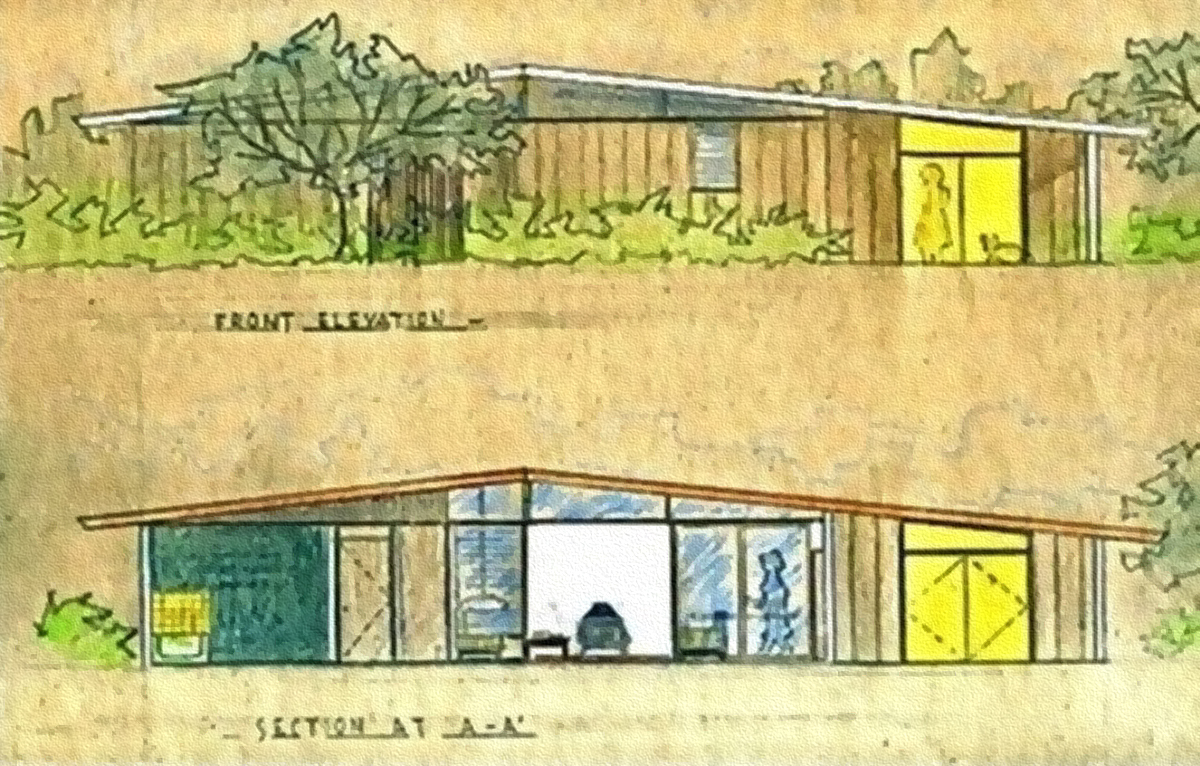 |
Central Contra Costa County was largely rural in the mid-1950s when Eugene Kupper was growing up there, a contemplative kid who loved art and architecture and the landscape.
“I used to go for long walks throughout Contra Costa after my mother died,” Kupper recalls. “They were meditative – the yellow grass, Mt. Diablo and all that, Orinda, Lafayette, Walnut Creek, even as far as Concord.”
The area was rapidly suburbanizing, often with modern buildings, and Eugene was paying heed. “People were excited because we had a new Ernie Kump [designed] school in Walnut Creek,” says Eugene, who attended the new Las Lomas High by architect Kump.
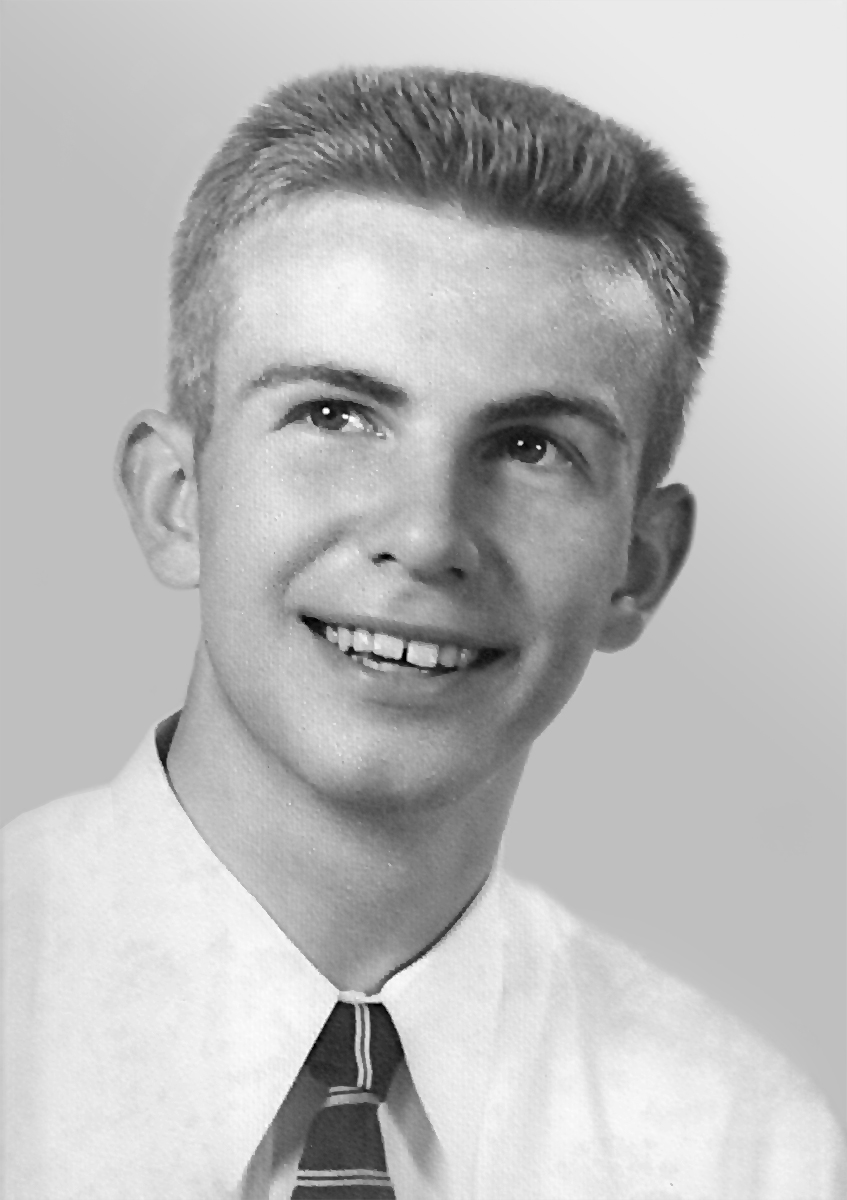 |
As a teen, Eugene, who was born in 1939, was already reading the architectural press, both the popular, House Beautiful, and the professional, House + Home. Both were big on Frank Lloyd Wright, and so was Eugene.
With his love of the land Eugene developed an interest in buildings that worked well with the landscape. Wright’s Usonian houses did. “The Usonians, they seem to be the way to go. This is the way we should build in California,” the boy decided.
“I would say the Usonian house, to me, is one of the best things ever designed. And that’s exactly what Joe Eichler thought too,” Eugene says.
He adds, “Joe Eichler lived in a Usonian house [the Bazett House of Hillsborough]. He said, ‘God, if we could only do houses like this.’”
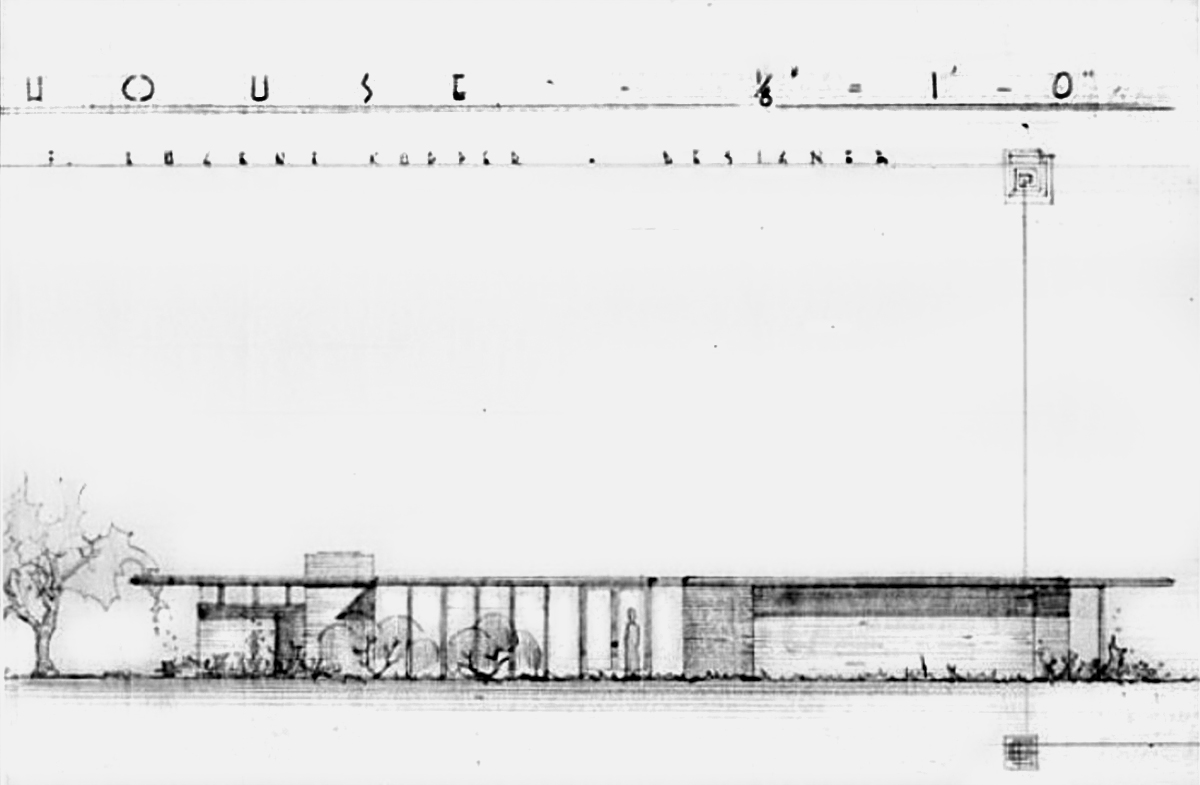 |
Yes, at age 15 Eugene knew about Eichler, who had only been building for seven years at the time. Plus, Eugene says, “I knew that Eichlers were coming to town.” Joe began building his Rancho San Miguel tract of Walnut Creek in 1955.
In a way Eugene got a jump on Joe in that pleasant suburban town. “Although I did not own an Eichler house, I designed one when I was in high school,” Kupper wrote to Eichler Network. And not only did he design an 'Eichler,' a similar design of his was actually built in town, about the same time Joe began his own tract.
Eugene was fascinated by architecture, reading books by Wright, Richard Neutra, and others, and watching a professional at work.
“I knew an architect who was working for a developer,” Eugene says. “I used to hang around the architect and watch him work. I was interested in everything, the paper he used, the tricks.
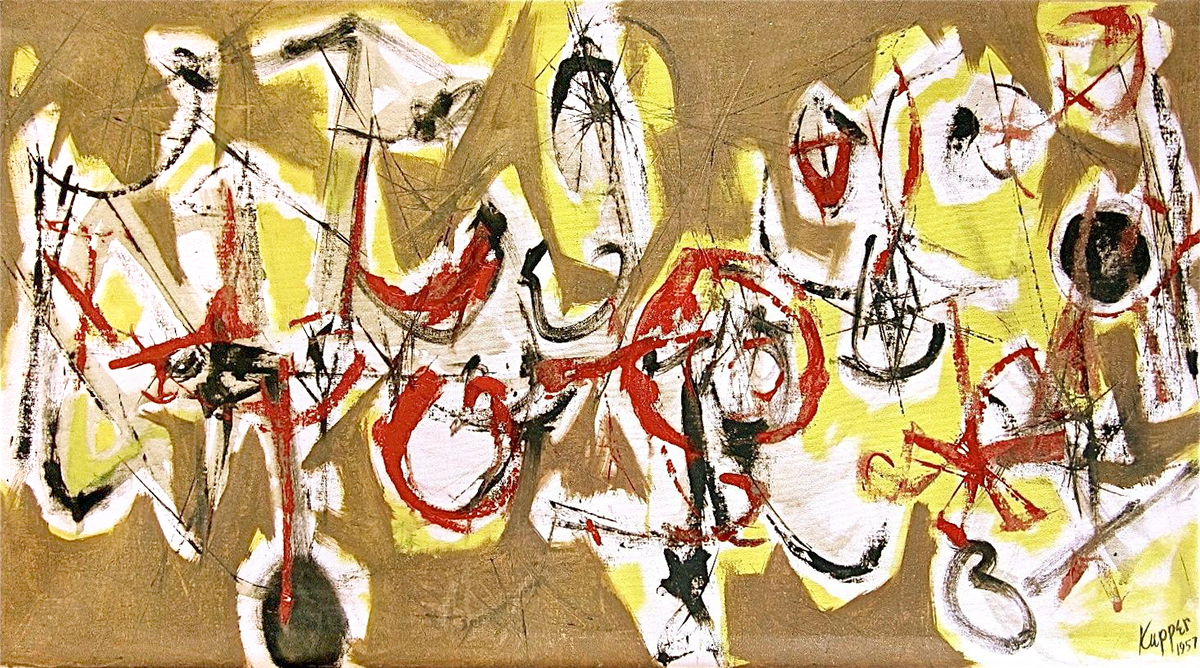 |
“I could do a really good ranch style [home] at the time. I didn’t. That was below me,” Eugene says with a laugh. “I would not do a ranch style, but I would do modern.”
Three years running young Eugene entered house plans in the Associated Homebuilders of the San Francisco Bay Area High School Design Competition.
One was for his version of a Usonian home. One was his version of an Arts & Architecture magazine Case Study House – flat roofs, rectangular, the International Style. The third was his version of an Eichler.
“The plan had two bedrooms and one bathroom between them, as short a hall as possible to conserve space, a central entrance, and a second from carport to kitchen,” Eugene says. “It had a two-car carport that looked like an Eichler, and it had a kitchen that flowed into the living room.”
“I won with the Eichler the first time, I won with a Case Study the second time, and the third time I won, I did a modified Usonian in brick and steel,” Eugene says.
He won a bit of money, and notice in the papers for the competitions. He won more with the Eichler. His architect friend put him in touch with a local developer.
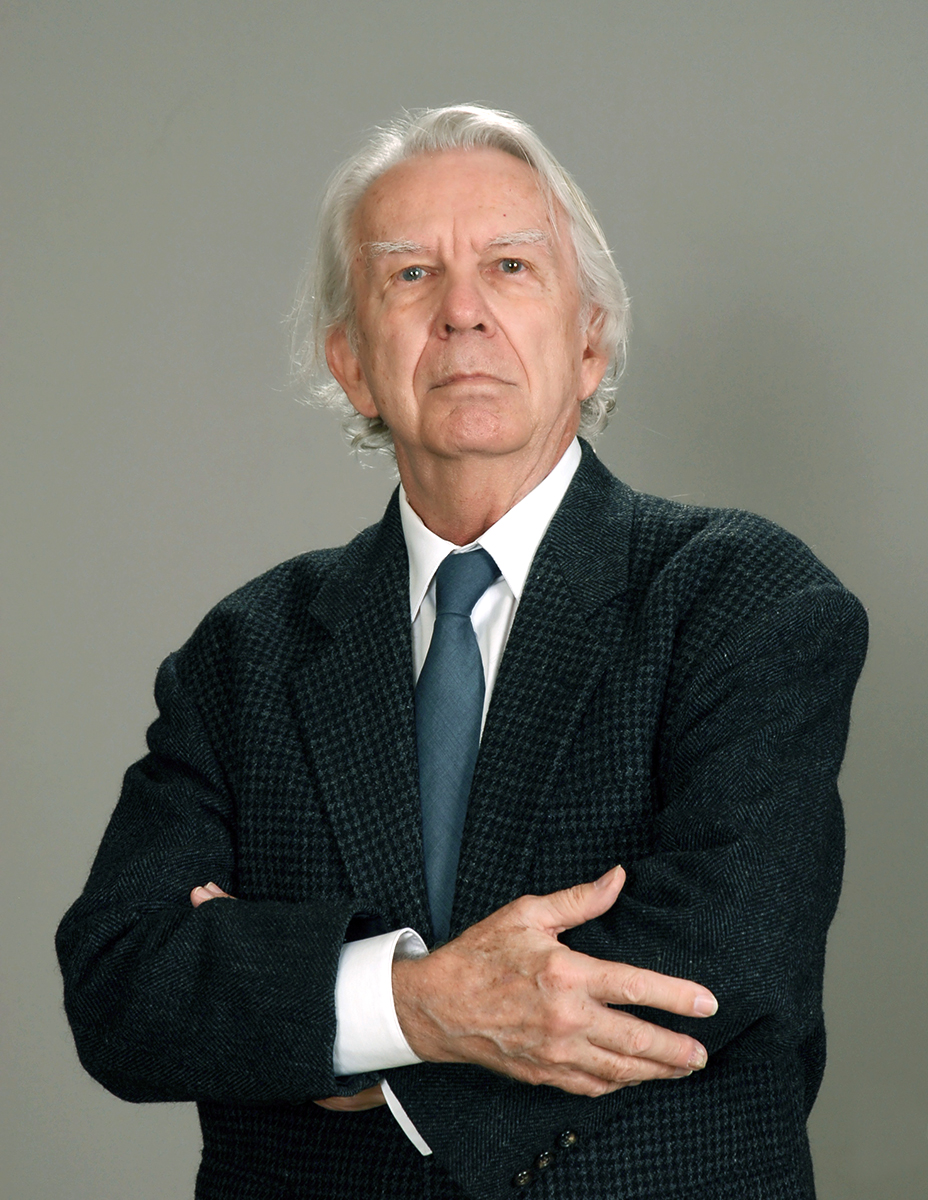 |
“Homebuilders were looking for Eichlers, and knocking them off,” Eugene says, including the one who wanted to work with Eugene. The builder “had a line of models, some with dovecotes on top. They also had modern, they wanted to do modern. I said OK, I can do modern.”
“I called it an Eichler,” Eugene says. “It was based on what an Eichler was, but it was also based on my creative thoughts.”
“I did it for the experience, I did it for the money, I did it for the professionalism of it,” Eugene says. “I wanted to try to show that I was a real architect. I was trying to show I could design a buildable project.”
Eugene has no idea if the home still exists.
Kupper went on to a distinguished career both as a fine arts painter and an architect.
After a stint in the Navy, he studied architecture at UC Berkeley and Yale, and was a fellow at the University of Illinois Center for Advanced Study.
He taught architecture at UCLA for a quarter century, and later taught at other institutions, including Stanford, SCI-Arc, and Arizona State. Today, he and his wife live in Scottsdale.
He never met Eichler, but is fascinated in his work, which he believes deserves serious study. “I have not seen much on the urban design and planning of Eichler communities,” he wrote. “My interest is in the continuing progress of the Eichler idea.”
- ‹ previous
- 559 of 677
- next ›



